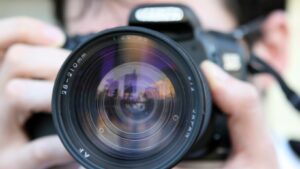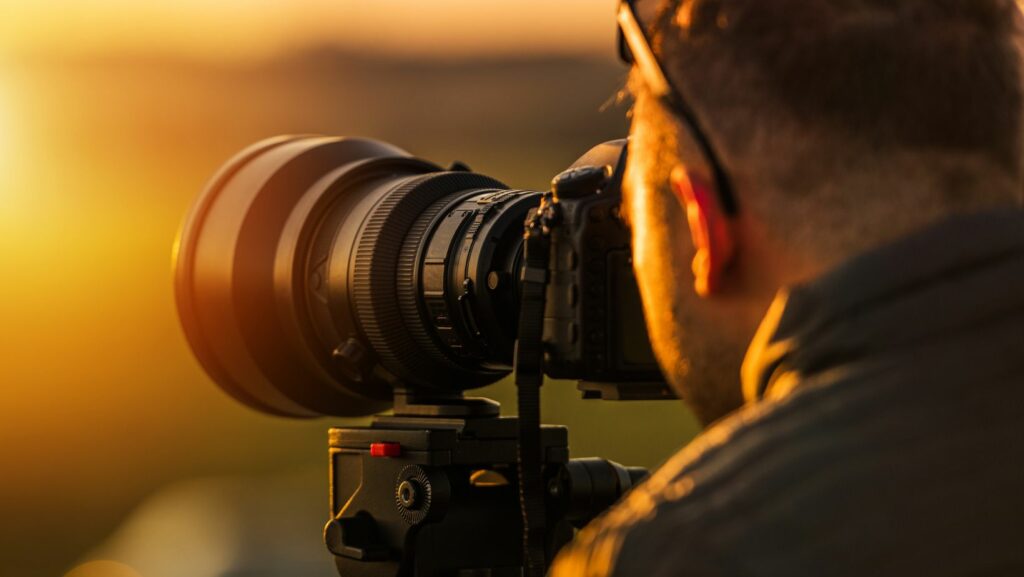Direct flash photography often gets a bad rap among photographers, seen as a harsh and unforgiving light source that can flatten subjects and create unflattering shadows. Yet, when harnessed correctly, direct flash opens up a realm of creative possibilities, transforming ordinary scenes into striking visuals. It’s a technique that, despite its simplicity, requires a nuanced understanding of lighting and composition to master.
Direct Flash Photography
The Basics of Direct Flash
Direct flash photography, often labeled as a challenging technique due to its stark lighting and potential for creating unflattering shadows, plays a pivotal role in crafting visually compelling images. This method involves pointing the flash directly at the subject without any modifiers or diffusion, resulting in a straightforward, intense light that can dramatically define the subject. Understanding the fundamental principles of direct flash is essential for photographers aiming to harness its power effectively.
 Key elements include controlling the flash power, adjusting the distance between the flash and the subject, and meticulously choosing the angle at which the light hits the subject. Adjusting the flash power allows photographers to manage the intensity of the light, which directly impacts the contrast and texture of the final image. The distance between the flash and the subject affects the light’s fall-off – closer proximity results in a more intense light with a sharper fall-off, while increasing the distance softens the effect. Selecting the right angle is crucial; it determines the direction and depth of shadows, which can either enhance the subject’s features or detract from them.
Key elements include controlling the flash power, adjusting the distance between the flash and the subject, and meticulously choosing the angle at which the light hits the subject. Adjusting the flash power allows photographers to manage the intensity of the light, which directly impacts the contrast and texture of the final image. The distance between the flash and the subject affects the light’s fall-off – closer proximity results in a more intense light with a sharper fall-off, while increasing the distance softens the effect. Selecting the right angle is crucial; it determines the direction and depth of shadows, which can either enhance the subject’s features or detract from them.
By mastering these elements, photographers can use direct flash photography to produce images that stand out with vivid details and bold contrasts. It encourages exploring creative ways to leverage shadows and highlights, transforming ordinary scenes into eye-catching compositions. Whether for artistic expression or to achieve a specific visual effect, direct flash photography demands a deep understanding of light and composition. It’s a technique that, when applied with precision and creativity, can elevate the visual storytelling in a photographer’s work.
Equipment Used in Direct Flash Photography
Direct flash photography, with its distinct approach to illuminating subjects, demands specific equipment to achieve its unique aesthetic. This section delves into the vital tools photographers need, focusing initially on selecting the appropriate flash for the camera.
Choosing the Right Flash for Your Camera
 Selecting an optimal flash unit is pivotal in direct flash photography. The choice between an on-camera flash, often referred to as a speedlight, and studio strobes hinges on the photographer’s requirements for mobility, power, and control.
Selecting an optimal flash unit is pivotal in direct flash photography. The choice between an on-camera flash, often referred to as a speedlight, and studio strobes hinges on the photographer’s requirements for mobility, power, and control.
-
Compatibility stands at the forefront of considerations. The flash must seamlessly synchronize with the camera, ensuring full functionality without hindering the ability to adjust settings quickly. Most camera brands offer dedicated flash units designed to integrate flawlessly with their systems, automatically adjusting settings like exposure based on the camera’s readings.
-
Power Output is a critical factor, measured in Guide Numbers (GN). A higher GN denotes the ability to illuminate subjects at greater distances, essential for photographers aiming to harness the harsh, vivid look characteristic of direct flash photography in larger spaces or outdoor settings.
-
Recycle Time refers to how quickly the flash is ready to fire again after a full-power discharge. A lower recycle time enhances the ability to capture spontaneous moments without delay, vital for dynamic shooting scenarios where conditions can change rapidly.
-
Size and Portability influence the photographer’s ability to move freely and adapt to varying shooting environments. Speedlights, being compact and lightweight, offer significant advantages for photographers on the move, making them a popular choice for direct flash photography outside the studio setting.
Techniques for Mastering Direct Flash Photography
Mastering direct flash photography requires more than just the right equipment; it involves a deep understanding of how to control light to achieve the desired effect. One key technique is adjusting the flash power. By tweaking the intensity, photographers can avoid overexposed subjects and achieve a balanced exposure. Another critical aspect is selecting the correct angle for the flash. Positioning the flash head directly towards the subject can produce sharp contrasts and vivid details, essential for adding depth to the composition.


